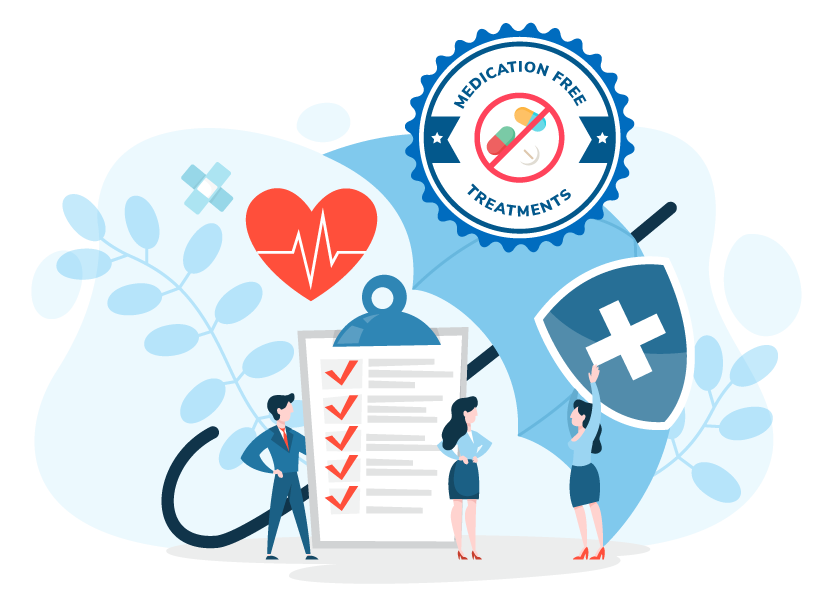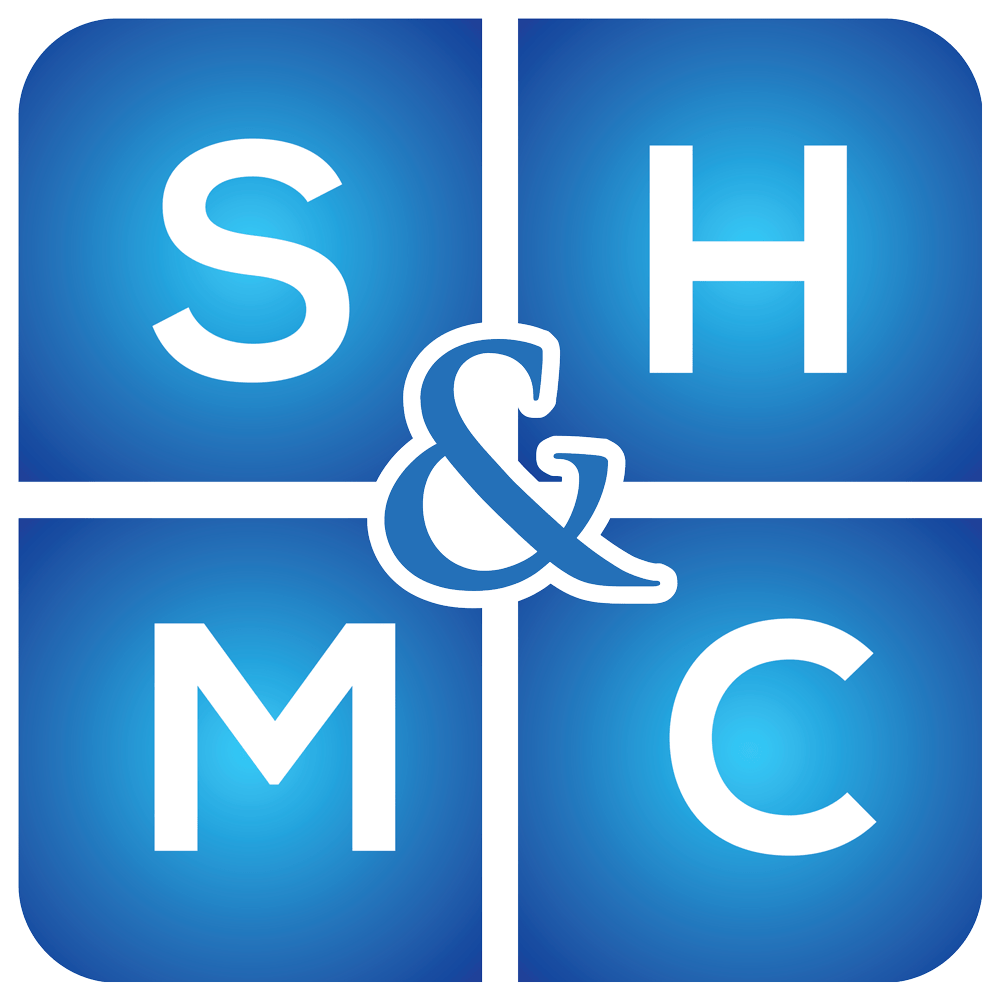I Suffer From Cervicogenic Headaches
Cervicogenic Headache Treatment
Cervicogenic headache is defined by the International Classification of Headache Disorders (on behalf of the International Headache Society) as a secondary headache disorder. Secondary headache disorders refer to headaches originating from a problem other than the head itself. This is sometimes called “referred pain”.
The primary source of the pain could be a dysfunction in the neck muscles, joints, discs, ligaments, or even cervical nerves. This is why there is often (but not always) shoulder pain, arm pain and/or neck pain associated with cervicogenic headaches. Any of these aforementioned structures can then lead to the cervical afferent nerve fibres to be stimulated and send pain signals through pain pathways to the head, known as cervicogenic headache.
At the Brisbane Headache and Migraine Clinic™, once treatment commences we expect a significant improvement to occur rapidly in 90% of our patients with Cervicogenic Headaches, within the first 5 treatment consultations.








